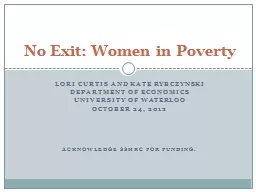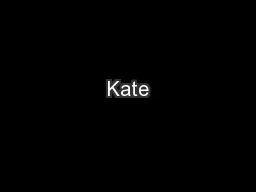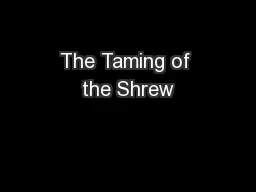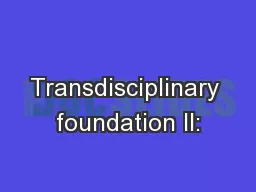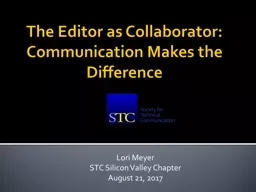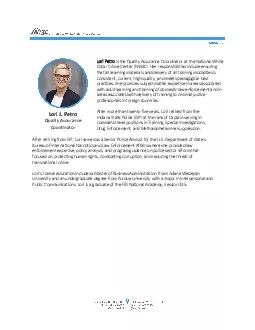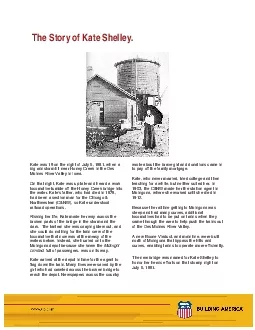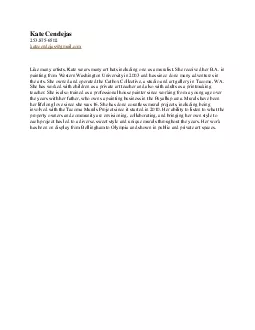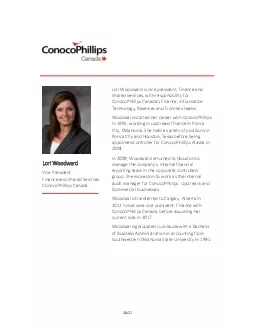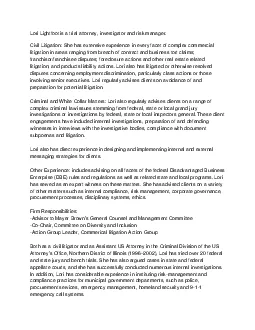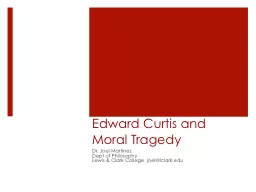PPT-Lori Curtis and Kate
Author : aaron | Published Date : 2020-01-30
Lori Curtis and Kate Rybczynski Department of Economics University of Waterloo October 24 2012 Acknowledge SSHrC for funding No Exit Women in Poverty Motivation
Presentation Embed Code
Download Presentation
Download Presentation The PPT/PDF document "Lori Curtis and Kate" is the property of its rightful owner. Permission is granted to download and print the materials on this website for personal, non-commercial use only, and to display it on your personal computer provided you do not modify the materials and that you retain all copyright notices contained in the materials. By downloading content from our website, you accept the terms of this agreement.
Lori Curtis and Kate: Transcript
Download Rules Of Document
"Lori Curtis and Kate"The content belongs to its owner. You may download and print it for personal use, without modification, and keep all copyright notices. By downloading, you agree to these terms.
Related Documents

